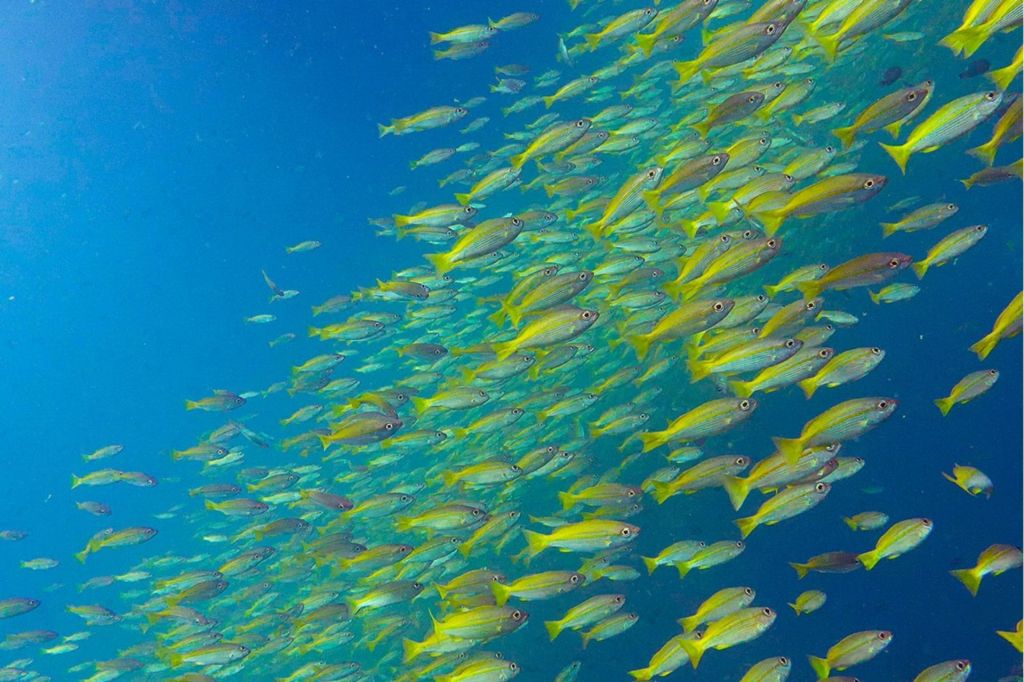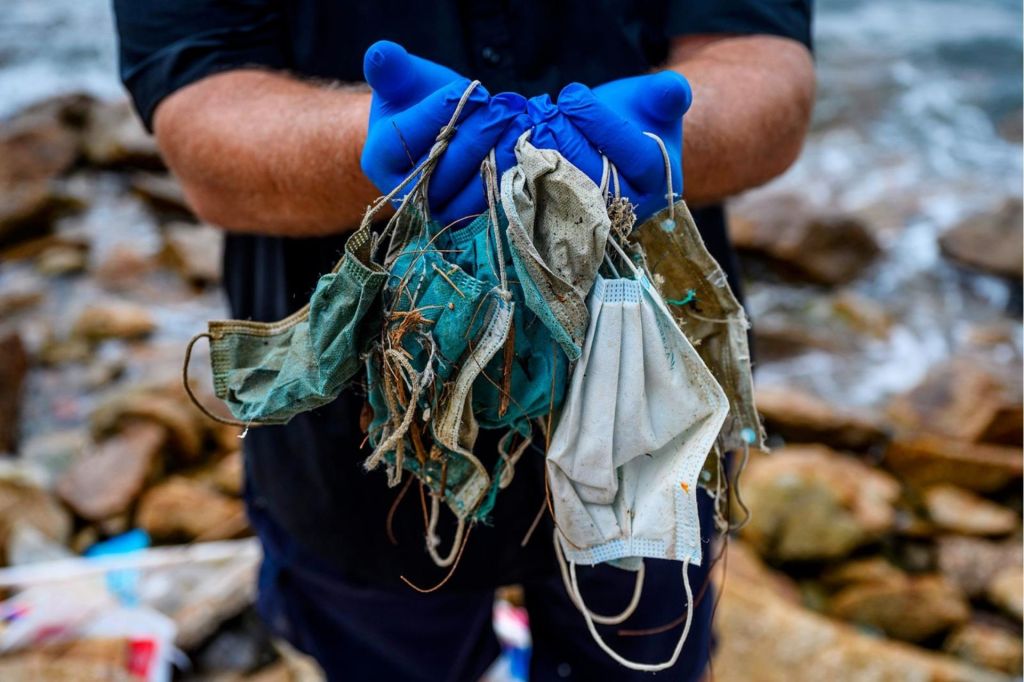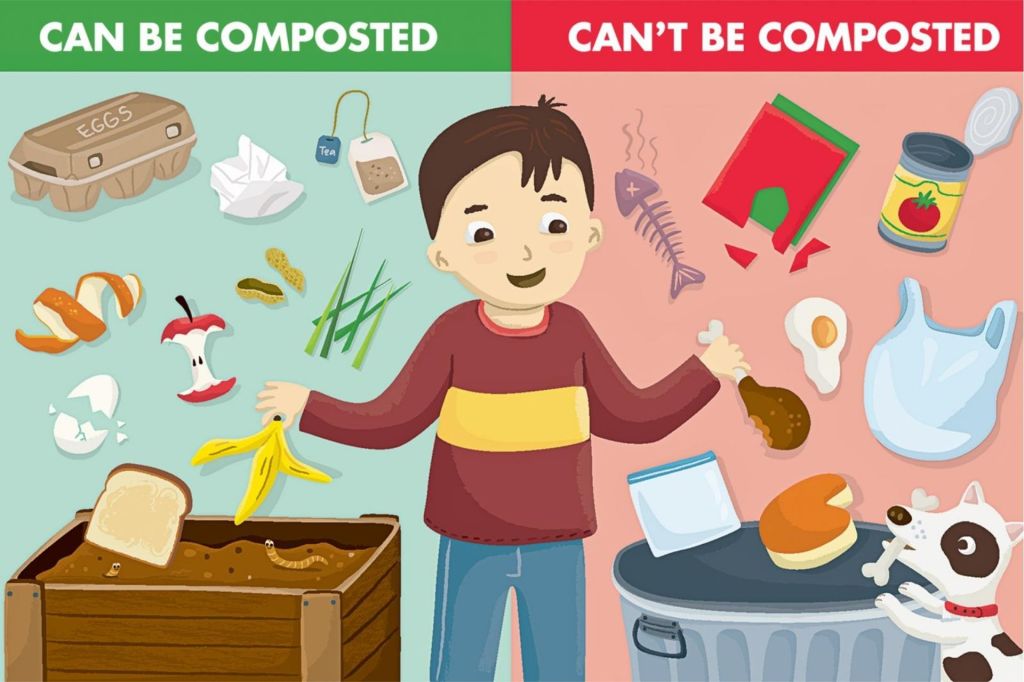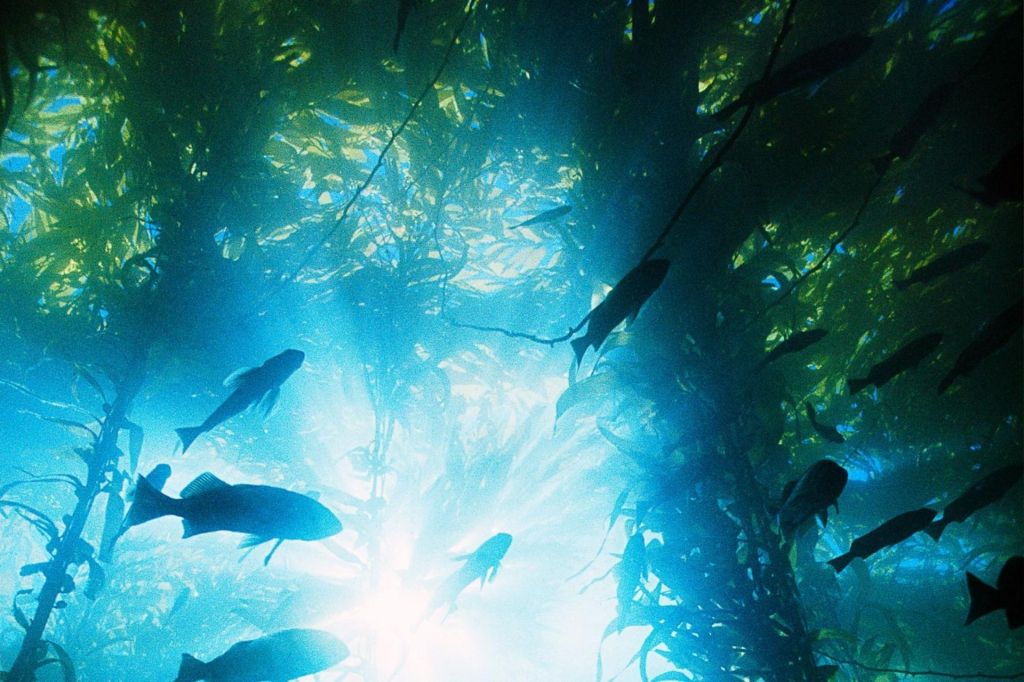Strong Storms
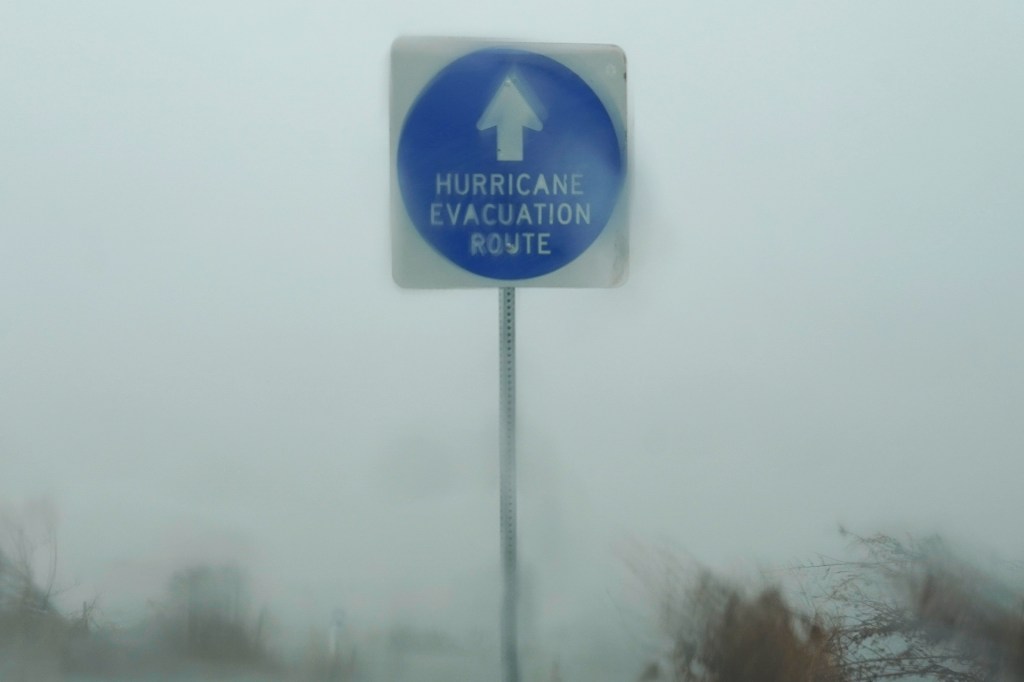
The 2020 Atlantic hurricane season was the most active on record. Between May and November, 30 major storms brewed
brew
 ANCHIY—GETTY IMAGES
to start to form or happen
(verb)
My dog hides under the table whenever he hears a storm brewing.
in the Atlantic Ocean. Thirteen of them became hurricanes.
ANCHIY—GETTY IMAGES
to start to form or happen
(verb)
My dog hides under the table whenever he hears a storm brewing.
in the Atlantic Ocean. Thirteen of them became hurricanes.
Eta and Iota were powerful hurricanes. Eta hit Central America in November. It caused destruction from Panama to Florida. Iota came two weeks later. It was even more powerful.

On November 8, 2020, people in Honduras evacuate a flooded area after Hurricane Eta.
ORLANDO SIERRA—AFP/GETTY IMAGES
Scientists say climate change is to blame. Greenhouse-gas emissions
greenhouse-gas emissions
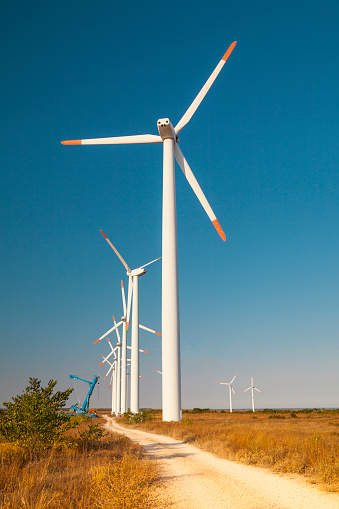 EDUARD ANDRAS—GETTY IMAGES
gases released by automobiles and industry that trap heat in the Earth's atmosphere and contribute to climate change
(noun)
Windmills can help decrease greenhouse-gas emissions.
are increasing. Climate change is affecting how storms behave. It’s making them stronger.
James P. Kossin is a scientist at the National Oceanic and Atmospheric Administration. “These storms have a human fingerprint on them,” he told TIME for Kids.
EDUARD ANDRAS—GETTY IMAGES
gases released by automobiles and industry that trap heat in the Earth's atmosphere and contribute to climate change
(noun)
Windmills can help decrease greenhouse-gas emissions.
are increasing. Climate change is affecting how storms behave. It’s making them stronger.
James P. Kossin is a scientist at the National Oceanic and Atmospheric Administration. “These storms have a human fingerprint on them,” he told TIME for Kids.

The heavy rains of Hurricane Eta, in 2020, caused flooding and landslides in Guatemala.
JOHAN ORDÓÑEZ—AFP/GETTY IMAGES
Storm Science
Hurricanes begin in the ocean. They take their energy from ocean air. The water in the Atlantic is getting warmer. That means more energy for storms. Winds blow faster. And there is more rain.
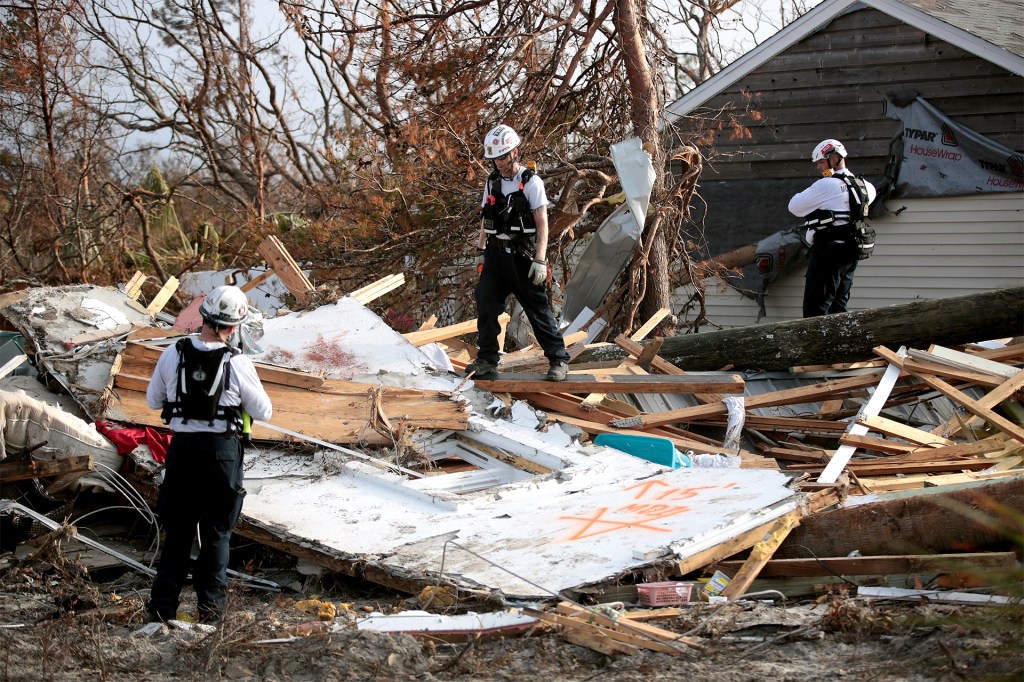
In 2018, workers survey damage caused by Hurricane Michael in Mexico Beach, Florida.
SCOTT OLSON—GETTY IMAGES
Storms are moving more slowly, too. So they have time to cause more damage. In 2017, Hurricane Harvey stalled
stall
 JUSTIN PAGET—GETTY IMAGES
to come to a stop, usually because of a problem
(verb)
Sasha gets frustrated whenever his computer stalls.
for days. It flooded parts of Texas. “That storm was devastating,” Kossin says. “It just sat there. And it rained and rained.”
JUSTIN PAGET—GETTY IMAGES
to come to a stop, usually because of a problem
(verb)
Sasha gets frustrated whenever his computer stalls.
for days. It flooded parts of Texas. “That storm was devastating,” Kossin says. “It just sat there. And it rained and rained.”
Scientists can help cities plan for big storms. Dereka Carroll-Smith works at the National Institute of Standards and Technology. She studies data on communities most affected by hurricanes. These include areas with many elderly people or mobile homes. Carroll-Smith’s research helps cities make plans for evacuating
evacuate
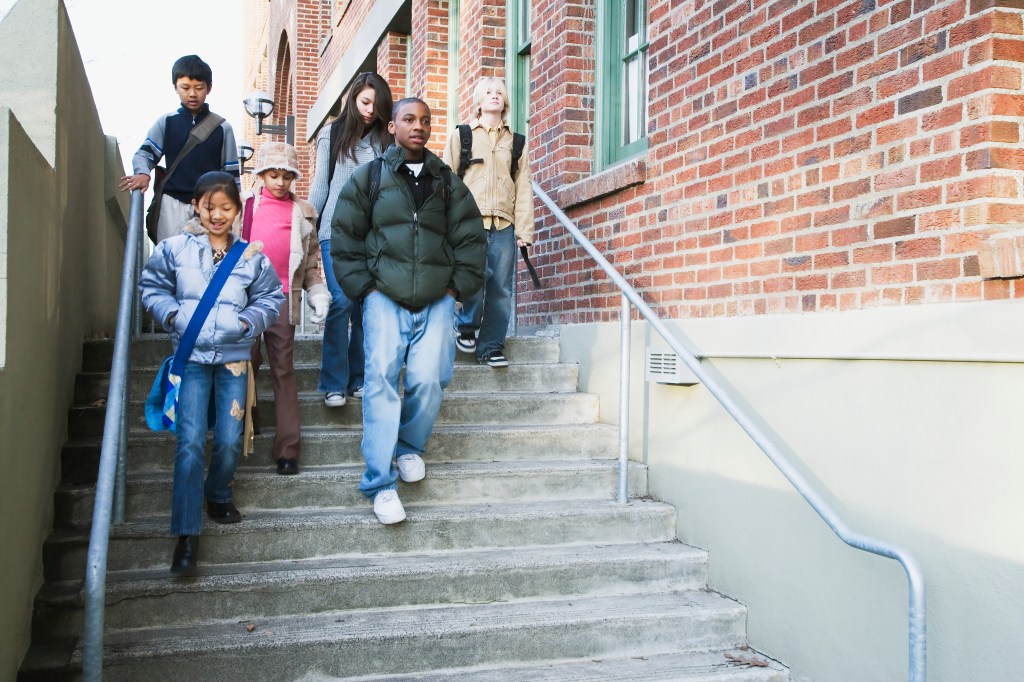 INTI ST CLAIR/DIGITALVISION
to leave or remove from a dangerous place
(verb)
Students must evacuate the building during a fire drill.
people. “At some point, intense storms are going to be devastating to everyone,” she says.
INTI ST CLAIR/DIGITALVISION
to leave or remove from a dangerous place
(verb)
Students must evacuate the building during a fire drill.
people. “At some point, intense storms are going to be devastating to everyone,” she says.
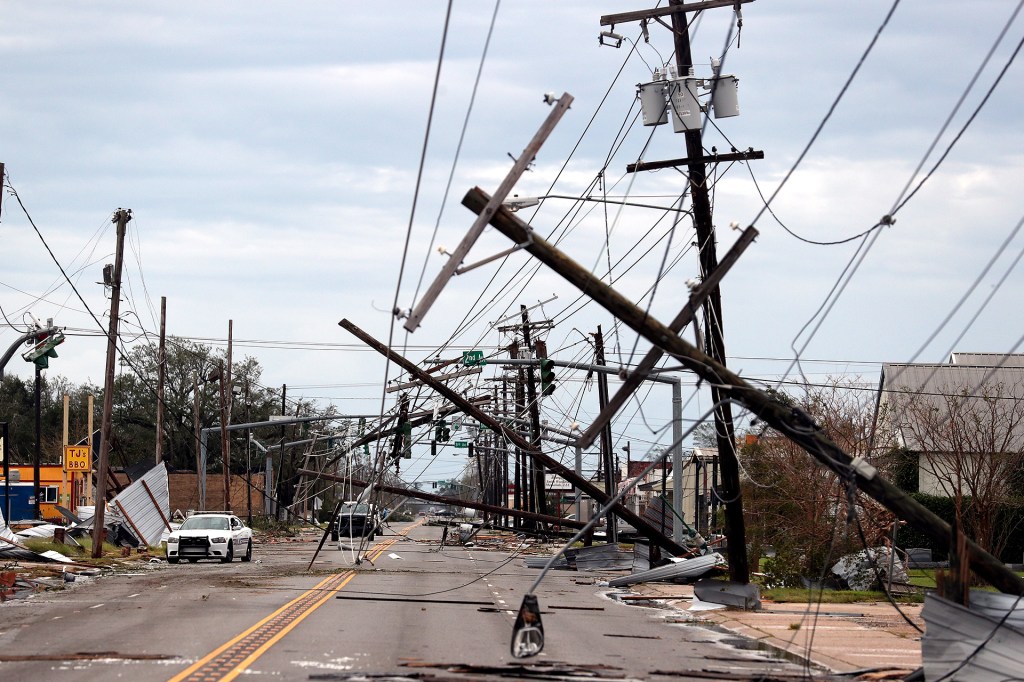
Hurricane Laura toppled power lines in Lake Charles, Louisiana, on August 27, 2020.
JOE RAEDLE—GETTY IMAGES
We need to slow climate change, Kossin says. Reducing greenhouse gases is the first step. “We can stop making it worse. Then we can [start] adapting to the new climate we’re in.”





